We may earn revenue from the products available on this page and participate in affiliate programs. Learn More ›
Hurricanes and flooding cause significant damage to several regions of the United States each year. The National Centers for Environmental Information compiles data on the most expensive weather and climate disasters, and according to their research, hurricanes were responsible for the majority of expenses. In fact, 60 particularly strong storms in 2022 each resulted in an average $22.2 billion in damages. Flooding was fourth on the list, causing an average of $4.8 billion in damage for each event.
Because of the costly risk posed by hurricanes and flooding, several insurance companies are increasing premiums—particularly for flood insurance—for customers in flood-prone regions. In some areas, customers even risk refusal to renew their home insurance by their current company. Because most banks require an active insurance policy with a mortgage, the threat of losing insurance could also cause individuals to default on their loans.
If you’re looking to purchase a new home, or already live in an area where hurricanes and flooding are common, learn more about some of the places in the United States that are at risk of becoming uninsurable in the future.
RELATED: How to Get Hurricane Insurance to Protect Your Home
1. Florida’s Gulf Coast
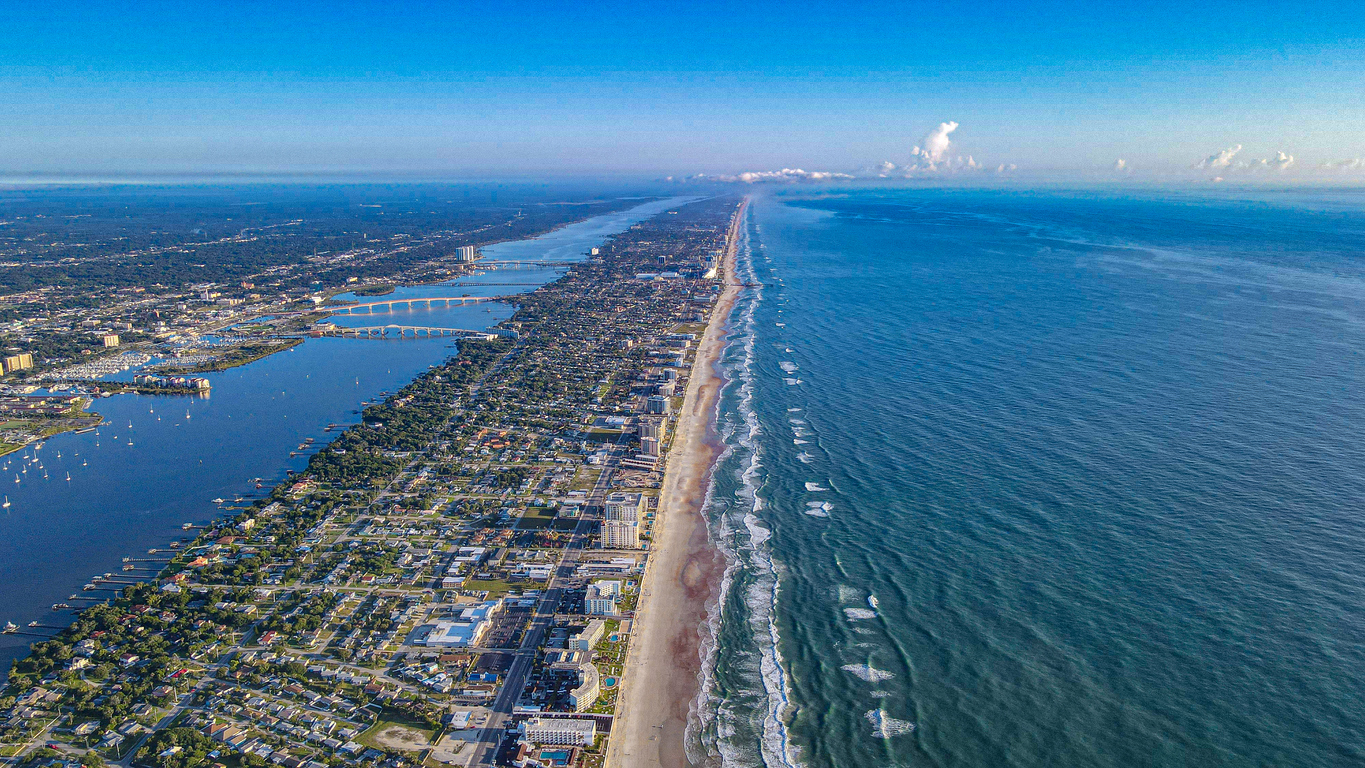
Nearly every hurricane season, it seems like there is at least one strong storm that batters the Gulf Coast of Florida. Just recently, in 2022, Hurricane Ian made landfall along Florida’s Gulf Coast as a Category 4 storm. The results were devastating, with a total of $50 billion to $65 billion in damages from the storm.
Because of expensive storms like Ian, some Floridians are at risk of losing insurance or simply not being able to afford it. Insurance companies, particularly smaller Florida-based companies, took a hard hit from the storm, and some were even forced into insolvency. Others are declining to offer new insurance policies to protect themselves. Even if flood insurance is available, customers should be prepared for potentially significant increases.
For example, Weeki Wachee, a city along the Gulf Coast of Florida, has some of the highest insurance rates in the state. Some customers may pay up to $3,800 a year for flood insurance, and Sanibel, Florida, policies average $1,431. Both are significantly higher than the state average of $657 and the national average of $700.
2. Houston’s Addicks and Barker Reservoirs
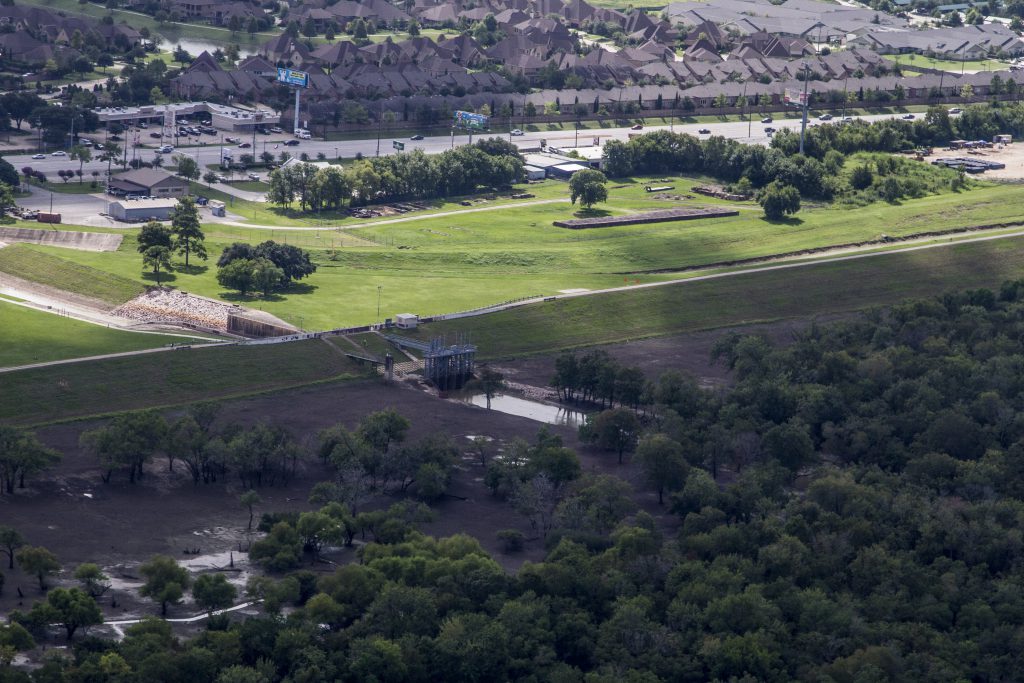
If you’ve been thinking about moving along either the Addicks or Barker Reservoir in Houston, you might want to rethink your decision. And, if you already live in this area, brace yourself for increased debt if there is another major flooding event. Hurricane Harvey brought historic flooding to homes along these reservoirs.
Because of the extreme flooding and damage, residents of the area sued the federal government for allowing their homes to flood. The U.S. Army Corps of Engineers was found liable for the flooding and damage, and several homeowners were awarded a settlement of $500,000. However, the ruling stipulated that residents will not be able to sue for any future flooding or damage caused by severe weather events. Some banks are now requiring a flood insurance policy to get or hold a mortgage. Since Hurricane Harvey, some rates have more than doubled, making it increasingly difficult to afford coverage.
RELATED: The Worst Storms on Record Ever to Have Hit the United States
3. Hull, Massachusetts
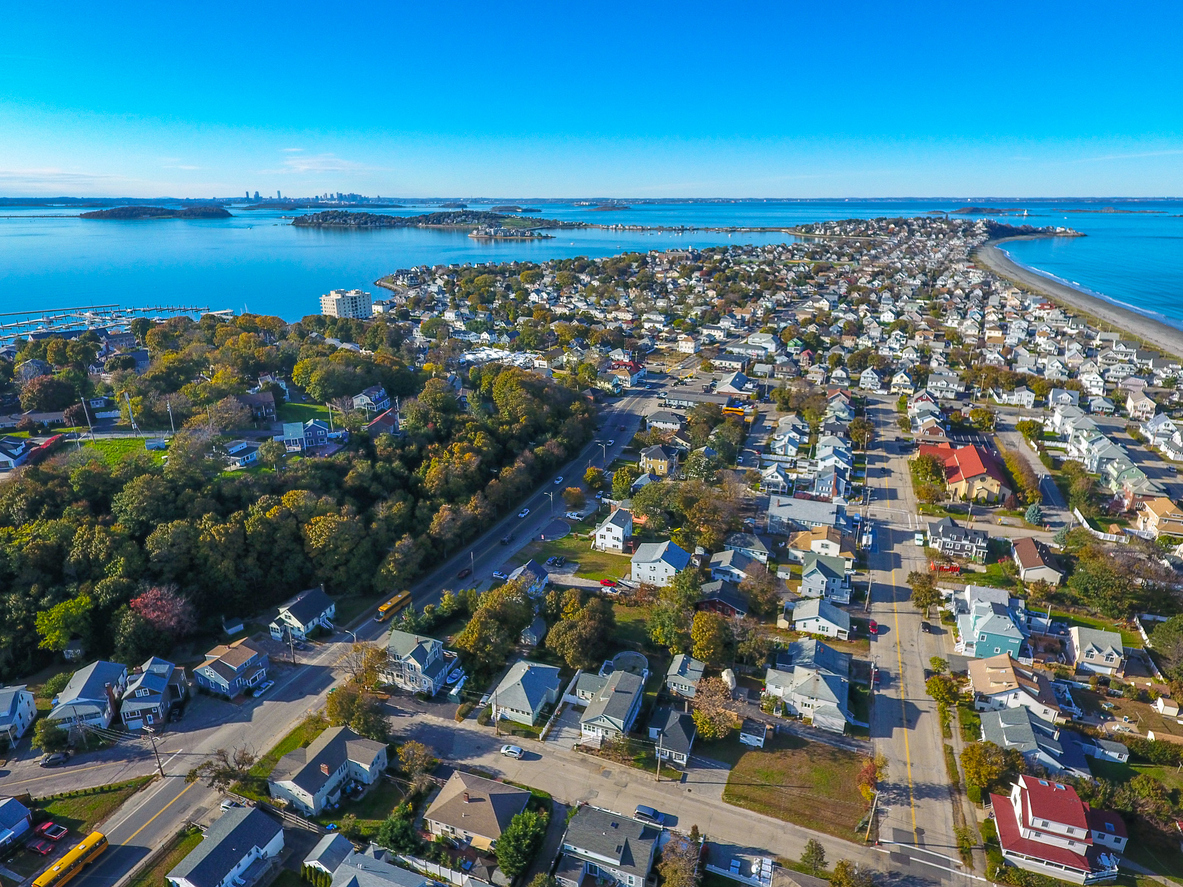
Hull, Massachusetts, sits on a peninsula. This makes it more prone to flooding. Because of recent changes in flood maps and modeling to assess risk, residents of Hull are facing significant rate increases. In 2021, it was estimated that flood insurance premiums could rise by about $120 per year. However, this wasn’t the final increase.
Because of caps on how much FEMA is allowed to increase rates each year, residents should expect to continue paying an additional 18 percent on their premiums each year for several years. Those moving into the area should also expect to see very high premiums if they take out a flood insurance policy.
RELATED: Solved! Do I Really Need Flood Insurance?
4. San Rafael, California
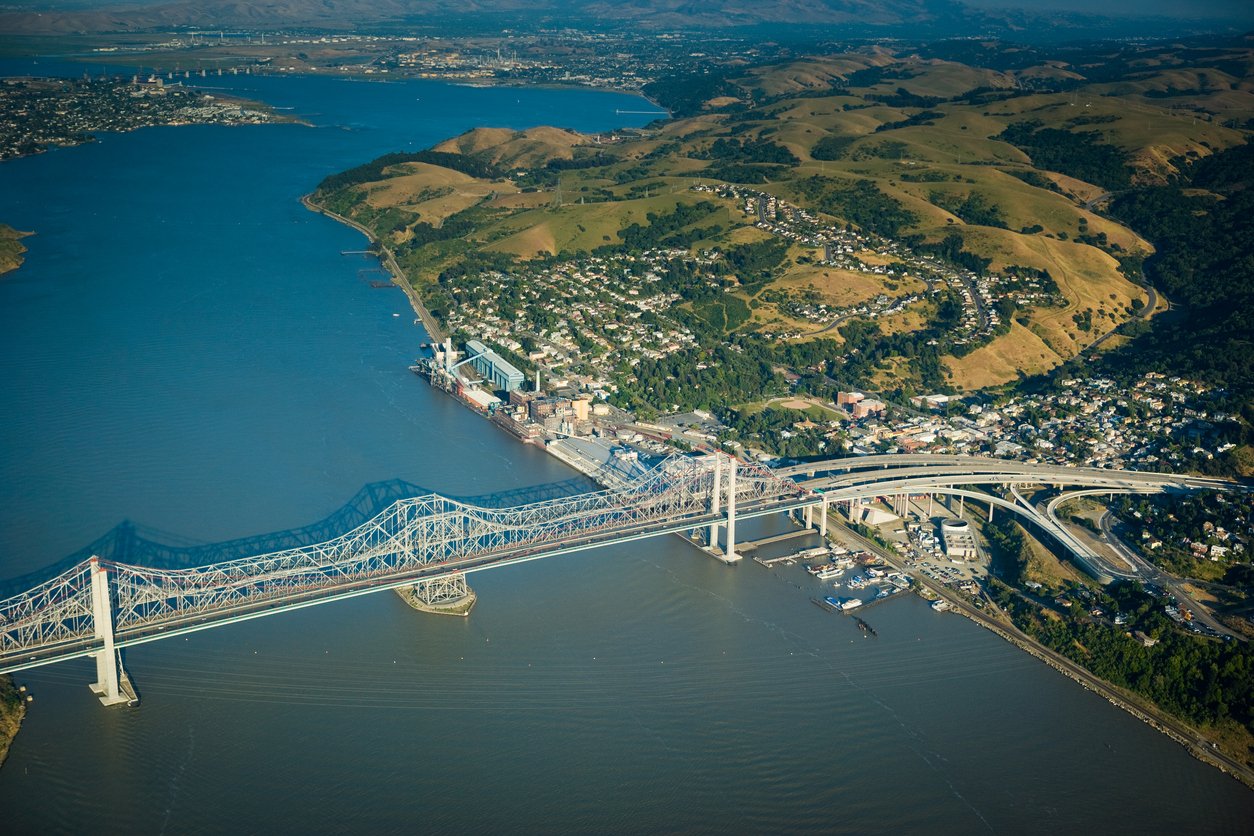
Some areas of California also have seen unprecedented flooding recently, which is making flood insurance difficult to afford. For example, homes in the Canal area of San Rafael are frequently threatened by water. With this constant threat and the number of claims that have been made in the past, flood insurance rates in San Rafael are among the highest in the state, costing at least $1,800.
The rate is more than double the state’s average flood insurance costs of $850 per year. With rates that high, some potential homeowners may have to rule out living in the area. And, some individuals who currently own homes in the Canal area should brace themselves for future policy hikes.
RELATED: How Much Does Flood Insurance Cost?
5. Montpelier, Vermont
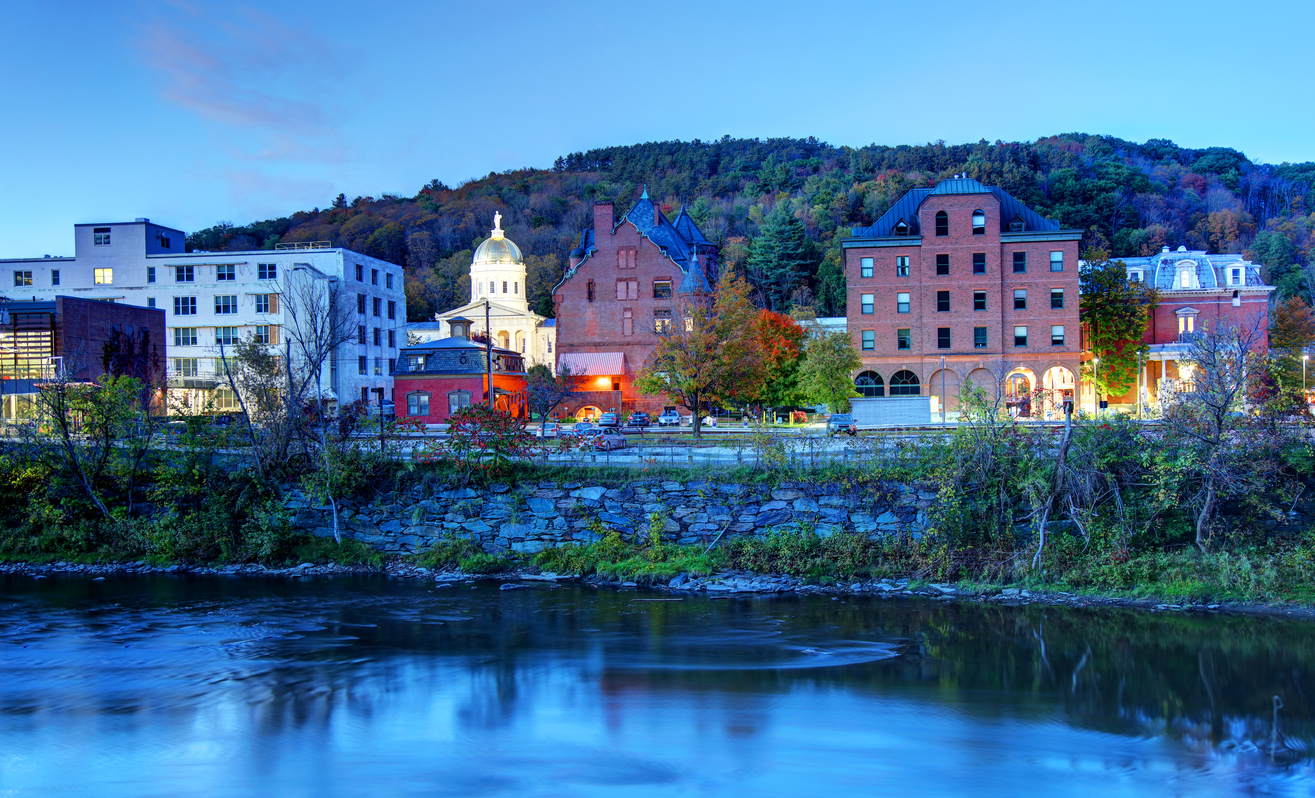
Vermont is the state with the highest average flood insurance premiums. Beyond the already high costs that residents of Vermont have to pay, those living in certain areas of the state are facing even higher premiums. Montpelier and the other towns that border the Winooski River are at a significantly higher flood risk than some other areas. Because of this, the average cost of flood insurance in Montpelier is $2,400, nearly $800 more than the average for the state. For some homeowners and potential homeowners, these prices may be prohibitively high, preventing them from purchasing (or keeping) a home.


